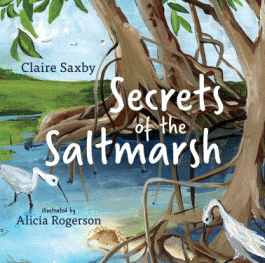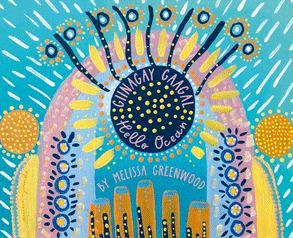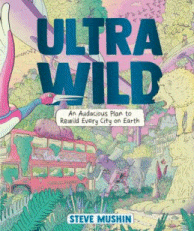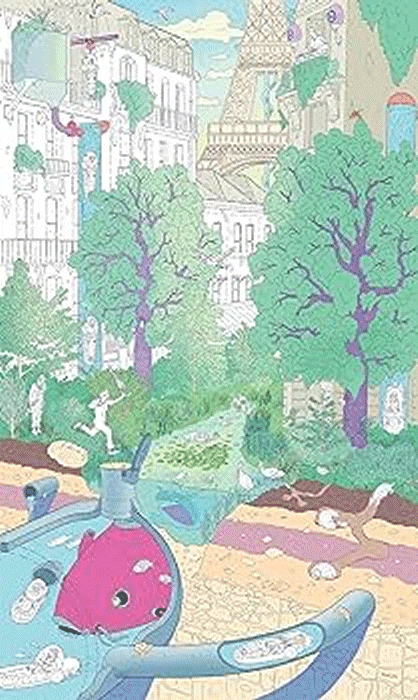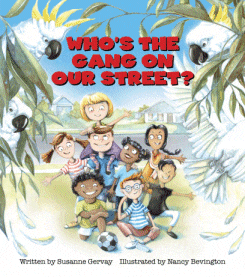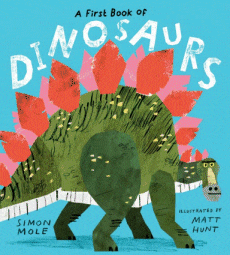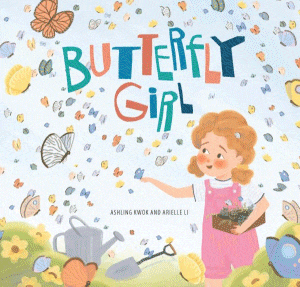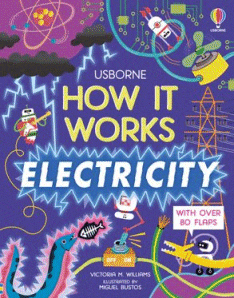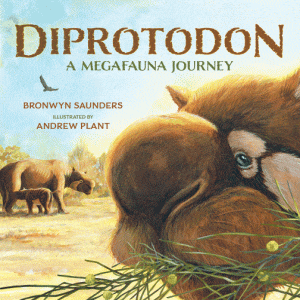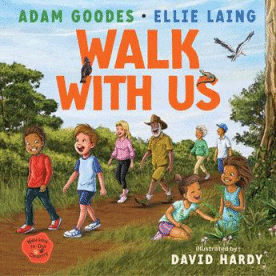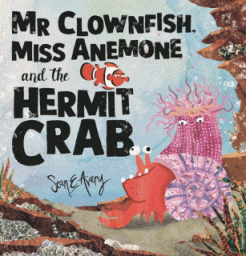
Mr Clownfish, Miss Anemone and the Hermit Crab
Mr Clownfish, Miss Anemone and the Hermit Crab
Sean E. Avery
Walker, 2023
32pp., hbk., RRP $A25.99
9781760654344
In the ocean there is no closer friendship than that between Mr Clownfish and Miss Anemone. She protects him with her stinging tentacles if a big fish threatens him, and he protects her from other fish, cleans her tentacles twice a day and finds delicious small morsels of food they eat together, although Miss Anemone does get lonely when he swims off because she is tethered to the side of a large rock. They are each other’s heroes,
On Miss Anemone’s birthday, Mr Clownfish gives her a hermit crab as a present and then goes in search of something special for their birthday tea. But when he returns, Miss Anemone has disappeared! Convinced she has been kidnapped he follows the tracks in the sand and finds Miss Anemone riding on Hermit Crab’s back delighted in being able to explore the ocean at last. Mr Clownfish is devastated, convinced he is no longer needed. But he has a very important lesson to learn about friendship…
For those who have seen Finding Nemo (and this is a good reason to show it again), the fun and friendships of the cheeky clownfish will be well-known as will the diversity of life on the ocean floor that is so beautifully depicted in Avery’s iconic, quirky illustrations, as Mr Clownfish delivers dinner in a scoop of seaweed rather like an underwater Uber Eats. Apart from being a most engaging story of a special friendship that opens opportunities to explore the symbiotic relationships of creatures, not just in the ocean, and their interdependence so they can survive. it also puts the intricacies of human friendship into the spotlight. Written for an age group that is just starting to build relationships beyond family ties, and often being very possessive of those, it raise questions about whether it is possible to have more than one special friend and how to respond if our special friend finds someone else. While they might not need their friends to protect them in the way that Mr Clownfish and Miss Anemone interact, what are the unique attributes of their friends and how do they enrich each other’s lives?
As with Frank’s Red Hat, shortlisted in the CBCA 2023 Book of the Year awards, Avery has offered our younger readers a most delightful read but with many more layers than meet the eye,
